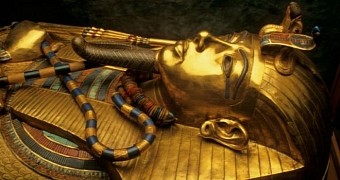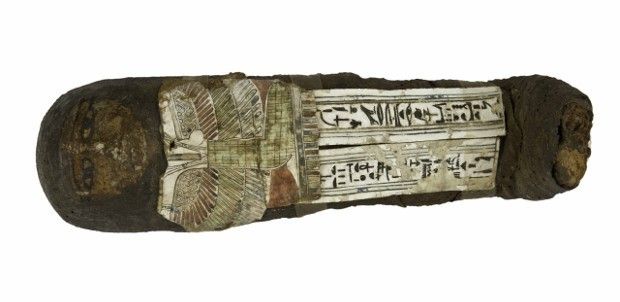Earlier this month, at a conference held in Vatican, experts announced that, having taken the time to closely inspect two of the mummies currently included in the Vatican Museums' collection, they found them to be forgeries.
Thus, it appears that these two mummies do not date back to Ancient Egypt. On the contrary, the remains inside them are merely a few centuries old. What's more, one of them comprises bones from at least a couple of individuals.
How the supposed ancient mummies were exposed as fakes
As explained by study leader Alessia Amenta, curator of the Department of Egyptian Antiquities and the Near East, the two mummies were found to be forgeries after specialists used CT scans, X-rays and carbon dating to have a closer look at them.
These investigative techniques revealed that the bones that comprise both of the alleged millennia-old mummies do not date back to Ancient Egypt but to the Middle Ages. Besides, one of the mummies appears to be made up of male and female bones.
Add to this the fact that one of the artifacts has a modern nail included in its anatomy and the other appears to have been made with 19th-century resin, and it should not come as a surprise that some are now questioning whether the mummies should be included in the Vatican Museums' collection at all.
The somewhat good news is that, by the looks of it, the bandages wrapped around these fake mummies do, in fact, date back to the year 3,000 BC, give or take a few decades. This could mean that at least these bandages are the real deal.
Chances are other mummies in the collection are also fakes
Presently, the Vatican Museums' collection holds a total of nine complete Egyptian mummies. Specialists say that, all things considered, chances are that it's not just the two that have recently been studied that might be fakes.
In fact, it's safe to assume that this collection, together with plenty others in the world, includes more fakes than anyone would dare imagine. More so given the fact that, in the 18th and the 19th century, art collectors and museums took a sudden interest in mummies and so encouraged forging.
As explained by historians, it was following the discovery of themselves Rosetta Stone in 1799 and the subsequent translation of ancient Egyptian hieroglyphics that folks all of a sudden became quite fond of mummies.

 14 DAY TRIAL //
14 DAY TRIAL // 

